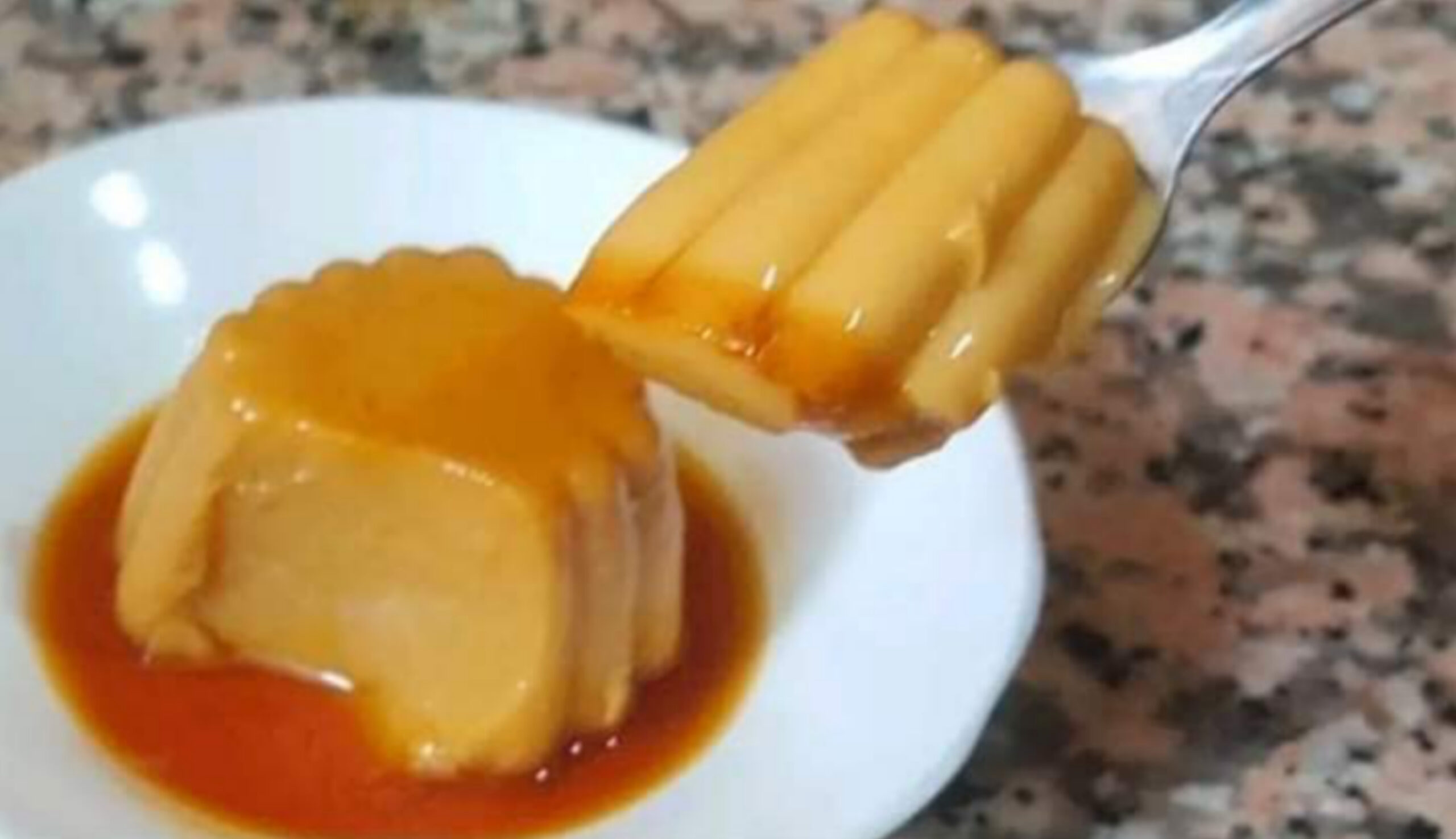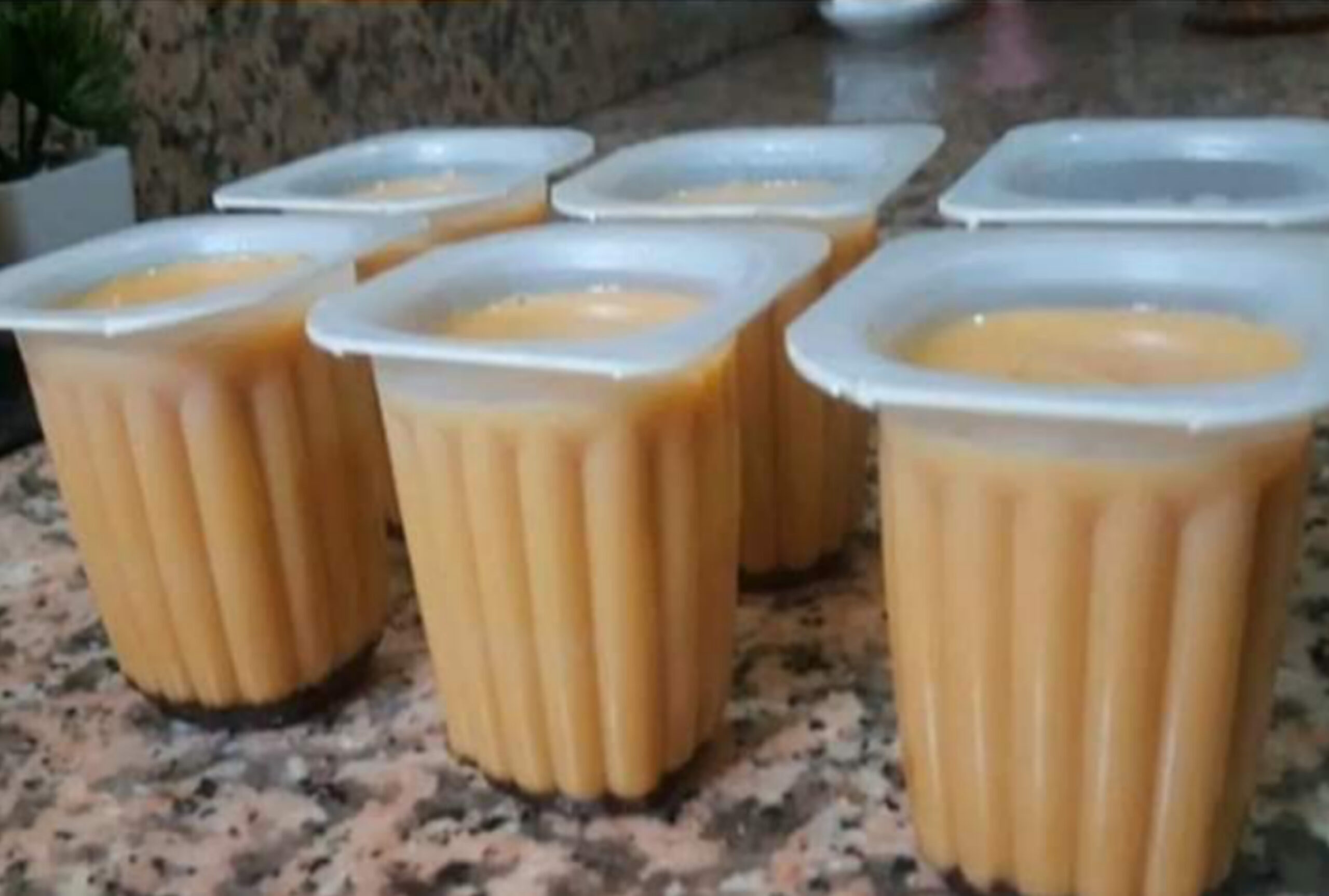Homemade vanilla flan can provide several nutritional benefits when prepared with wholesome ingredients. Here are some potential benefits:

1. Protein: Flan is typically made with eggs and milk, which are both good sources of high-quality protein. Protein is essential for muscle growth and repair, as well as various metabolic functions in the body.
2. Calcium: Milk is rich in calcium, which is crucial for maintaining strong bones and teeth. Consuming homemade vanilla flan can contribute to your daily calcium intake.
3. Vitamins and Minerals: Flan contains vitamins and minerals present in its ingredients. For example, eggs provide essential nutrients like vitamin B12, vitamin D, selenium, and choline. Milk contains nutrients such as vitamin D, vitamin B12, calcium, and phosphorus. These vitamins and minerals play vital roles in various bodily functions.
4. Energy: Flan is a dessert that contains carbohydrates from sugar and milk. Carbohydrates are a primary source of energy for the body, helping to fuel daily activities.
However, it’s important to note that flan can also be high in calories, sugar, and saturated fat, depending on the specific recipe and ingredients used. Moderation is key, and it’s advisable to enjoy flan as part of a balanced diet. If you’re concerned about the nutritional content, you can consider making modifications to the recipe, such as using low-fat milk or reducing the amount of sugar added.
Certainly! Here are some tips for making homemade vanilla flan:

1. Use high-quality ingredients: Since the flavor of the flan primarily comes from the eggs and milk, it’s best to use fresh, high-quality eggs and whole milk. Using organic or free-range eggs can enhance the taste and nutritional value.
2. Infuse vanilla flavor: Vanilla is a key component of vanilla flan. Instead of using artificial extracts, consider using a vanilla bean or vanilla bean paste for a more intense and authentic vanilla flavor. You can split the vanilla bean and scrape out the seeds, then add them to the custard mixture.
3. Strain the custard: To ensure a smooth and creamy texture, strain the custard mixture before pouring it into the ramekins or baking dish. This will help remove any lumps or air bubbles.
4. Preheat the water bath: Flan is traditionally cooked in a water bath (also known as a bain-marie) to ensure gentle and even heat distribution. Preheat the water before placing the flan-filled ramekins or baking dish into the larger pan. This will help the custard cook evenly.
5. Avoid overcooking: Keep a close eye on the flan while it’s baking. Overcooking can result in a rubbery texture. The custard should be set around the edges but slightly jiggly in the center. It will continue to firm up as it cools.
6. Allow proper chilling time: After baking, let the flan cool to room temperature before transferring it to the refrigerator. It’s best to refrigerate the flan for at least 4-6 hours, or overnight if possible. This allows the flavors to develop and the custard to set completely.
7. Unmold with care: When ready to serve, carefully run a knife around the edges of each ramekin or dish to loosen the flan. Place a serving plate on top and invert it quickly and confidently. Gently lift off the ramekin or dish, allowing the caramel sauce to drizzle over the flan.
Remember, making flan requires some practice, so don’t be discouraged if your first attempt isn’t perfect. With time, you’ll become more skilled at achieving the desired texture and flavor. Enjoy the process and have fun experimenting!